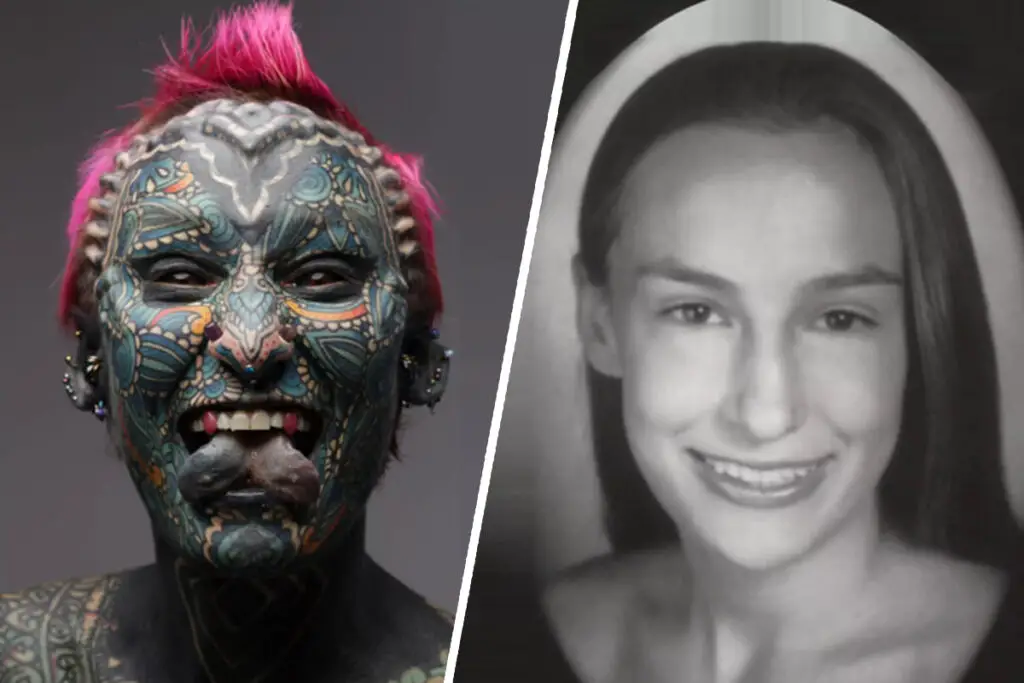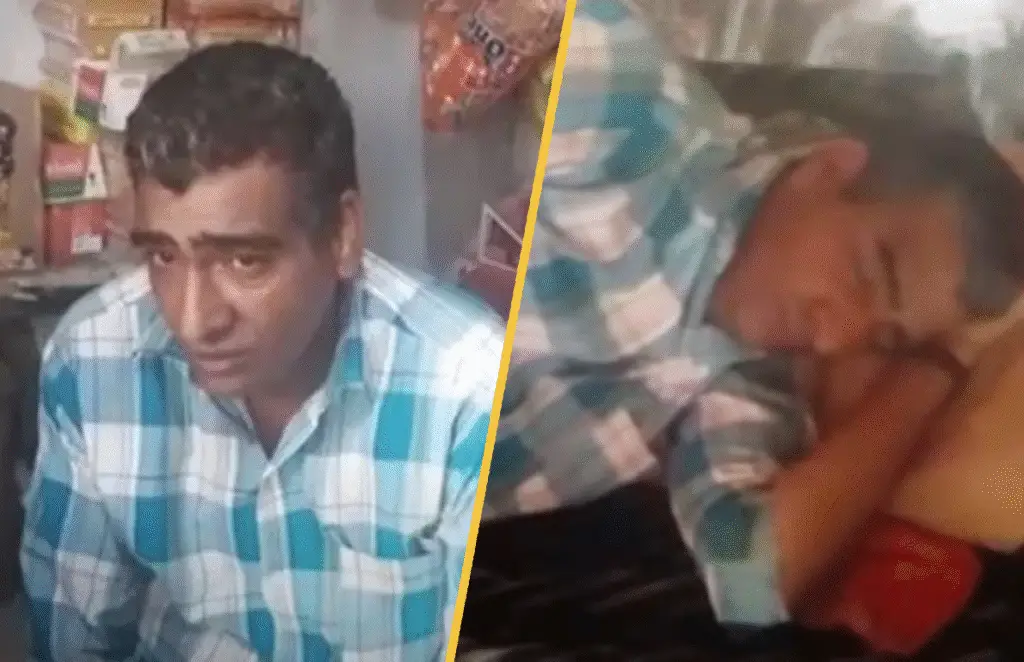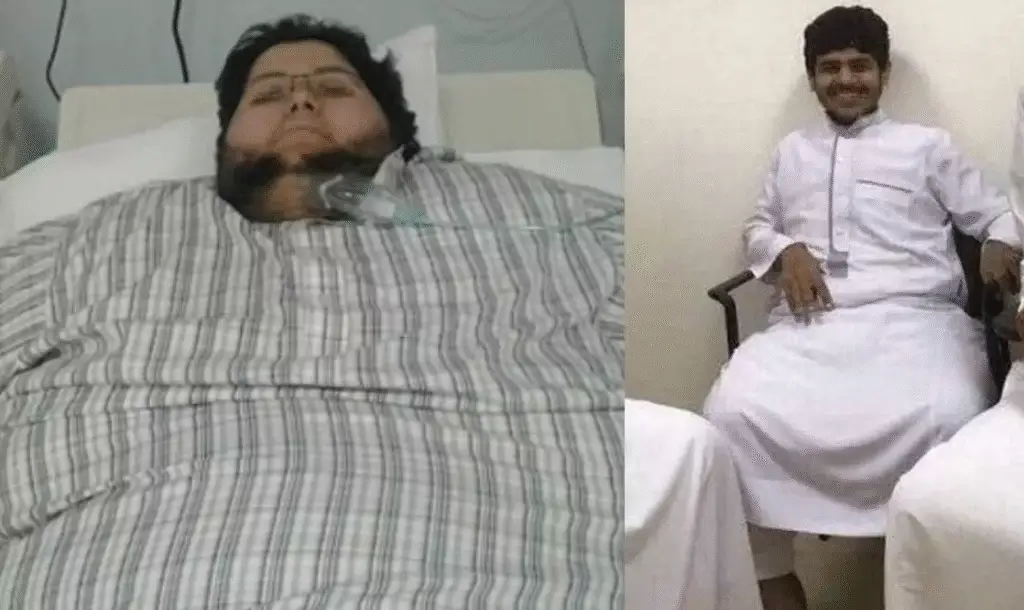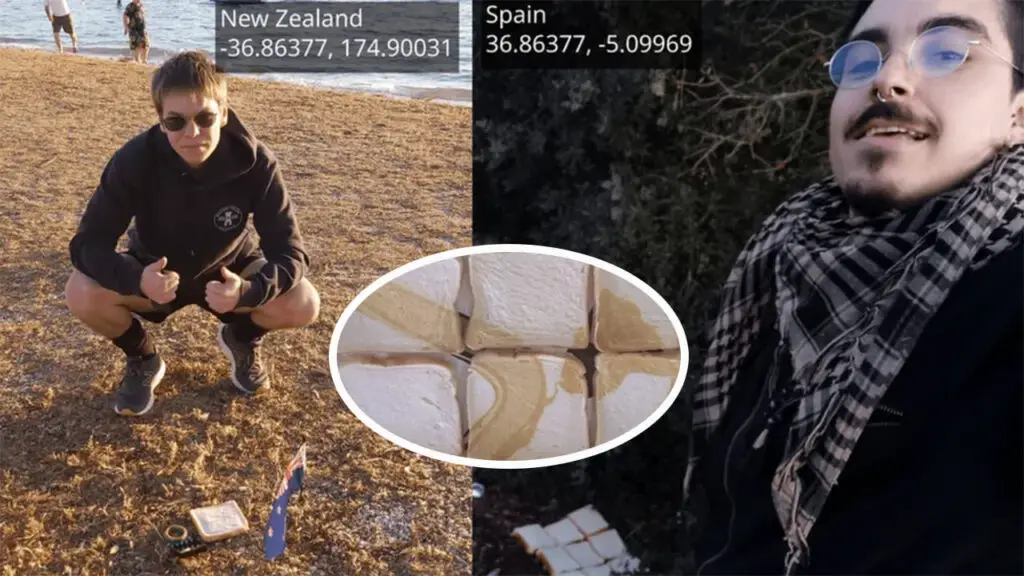Romanian Farmer Vanishes on 1991 Business Trip, Reappears 30 Years Later in Same Clothes with No Memory of Lost Decades

- Vasile Gorgos, a 63-year-old cattle trader from eastern Romania, embarked on a routine business trip in 1991, only to vanish without a trace, leaving his family in despair.
- Three decades later, on August 29, 2021, the now 93-year-old man was mysteriously dropped off at his family home, dressed in the identical outfit from his disappearance and clutching the original train ticket.
- Despite extensive medical evaluations revealing remarkably good health for his age, Gorgos insists he was “home” the entire time, with zero recollection of the intervening years, fueling endless speculation in this baffling missing person case.
In the quiet rural landscapes of eastern Romania, where life revolves around livestock and simple traditions, one man’s routine journey turned into a mysterious disappearance that has captivated the world.
Vasile Gorgos, a dedicated cattle farmer and trader from a small village near Bacău, was no stranger to short business excursions.
These trips, often lasting just a day or two, involved traveling to nearby cities like Fălticeni to buy and sell cows, a livelihood that sustained his family for years.
But in 1991, at the age of 63, Gorgos boarded a train along the Bacău-Ploieşti line, armed with a pre-purchased return ticket, and simply never came back.
His family, accustomed to his brief absences, initially thought little of the delay. But as the hours stretched into days, concern mounted.
Gorgos had always been reliable, phoning home or returning promptly. When he failed to appear, his wife and children alerted local authorities, triggering an extensive search operation.
Police combed train stations, interviewed witnesses, and scoured the countryside, but no evidence of foul play surfaced—no accidents, no sightings, no leads.
The investigation, hampered by the era’s limited technology in post-communist Romania, eventually went cold, leaving a void that echoed through the family’s daily life.
As years passed, Romania itself underwent profound transformations. The fall of the Iron Curtain brought democracy, NATO membership in 2004, and European Union accession in 2007, ushering in economic reforms, internet connectivity, and mobile phones that revolutionized communication.

Villages like Gorgos’ evolved with paved roads, modern farming equipment, and global influences, a stark contrast to the isolated world he left behind.
Yet, for his loved ones, time stood still in grief. They held annual memorial services, lighting candles and sharing stories of the man they presumed dead, his absence a lingering shadow over birthdays, holidays, and milestones.
His wife, who passed away during those lost years, never knew closure, adding layers of heartbreak to the unsolved mystery.
Then, in a twist that seemed ripped from a thriller novel, the impossible unfolded on a late summer day in 2021.
Witnesses described a nondescript car pulling up abruptly outside the family farm. Out stepped an elderly man, disoriented yet composed, before the vehicle sped away, its license plate unregistered in the chaos.
It was Vasile Gorgos, now 93, looking remarkably preserved for someone missing for three decades.
He wore the exact same clothes from 1991—a simple shirt, trousers, and jacket, all in surprisingly good condition, defying the wear of time.
In his pocket? His identification card and that fateful train ticket, dated for the day he vanished, as if frozen in a time capsule.
The reunion was anything but joyful at first. Gorgos gazed at his adult children with blank recognition, unable to place the faces that had aged without him.

His son, speaking to local media, revealed the initial shock: “We ask him one thing, and he tells us another.” The family, overwhelmed, rushed him for medical checks, hoping science could pierce the veil of this Romania enigma.
Examinations at a nearby hospital showed Gorgos in exceptional physical shape—no chronic illnesses, no signs of malnutrition or abuse, just minor neurological quirks typical for a nonagenarian.
But the real anomaly lay in his mind: a complete amnesia blanketing those 30 years. He vividly recalled his birth in 1928, his merchant father’s legacy, and the rhythms of farm life, including raising and trading cattle.
Yet, when pressed about the gap, he repeated a haunting refrain—he had been “home” all along, as if the decades were a mere blink.
This memory loss, akin to severe dissociative amnesia, raised immediate questions. How had he survived? Who had cared for him?
His well-groomed appearance suggested he hadn’t been wandering the streets or living rough; perhaps a hidden benefactor or institution was involved.
His son pondered aloud the possibilities: “Who knows where he has been, who kept him, maybe he was forced to work… who knows what kind of life he led?”
The family’s pleas for information echoed across Romanian news outlets, but no one came forward with clues, deepening the intrigue of this unsolved missing person case.
| Key Fact | Detail |
|---|---|
| Disappearance Year | 1991 |
| Age at Disappearance | 63 |
| Occupation | Cattle farmer and trader |
| Location | Village near Bacău, Romania |
| Trip Purpose | Business excursion to sell cattle |
| Return Date | August 29, 2021 |
| Age at Return | 93 |
| Physical Condition on Return | Remarkably healthy, minor neurological issues |
| Items Retained | Same clothes, 1991 train ticket, ID card |
| Memory Status | No recall of 30 years; claims he was “home” |
| Family Memorials | Held annually during absence |
| Country Changes During Absence | Transition to democracy, NATO/EU membership, tech advancements |
Speculation swirled in the wake of his return, blending the plausible with the fantastical in this baffling tale of memory amnesia.

Some experts suggested a psychiatric trigger, like dissociative fugue, where Gorgos might have assumed a new identity, wandering into an alternate life that erased his past.
Perhaps early dementia set in during the trip, leading to decades of institutional care under an alias, his original clothes preserved by chance.
Others pointed to darker scenarios: forced labor on a remote farm, where he toiled unknowingly, released only when age rendered him unproductive.
Online forums buzzed with theories of a double life—maybe Gorgos fled domestic troubles for a secret family, returning in remorse as health declined.
But the wilder conjectures captured imaginations worldwide, turning the story into a viral sensation. Could government experiments during Romania’s turbulent post-communist era have involved mind-altering tests, wiping his slate clean?
Or, as some alien abduction theories proposed, was he taken by extraterrestrials for observation, returned unaltered except for the memory wipe, his clothes and ticket pristine artifacts of a cosmic journey?
These ideas, fueled by podcasts and documentaries, lacked evidence but highlighted the void—no financial records, no hospital admissions, no sightings in a country now blanketed by surveillance.
As investigators revisited the cold case, poring over old files with modern tools like DNA databases and facial recognition, fresh anomalies emerged.
Why did the dropping-off car evade capture in an age of ubiquitous cameras? How did Gorgos maintain such vitality without modern healthcare traces?
His family’s ongoing quest for answers, amplified by social media appeals, draws tips from across Europe, each hint promising to crack the code.
Yet, with every dead end, the puzzle grows more intricate, leaving one to wonder if the truth lies in a forgotten corner of his mind, waiting for the right trigger to unlock what really transpired during those enigmatic lost decades.































